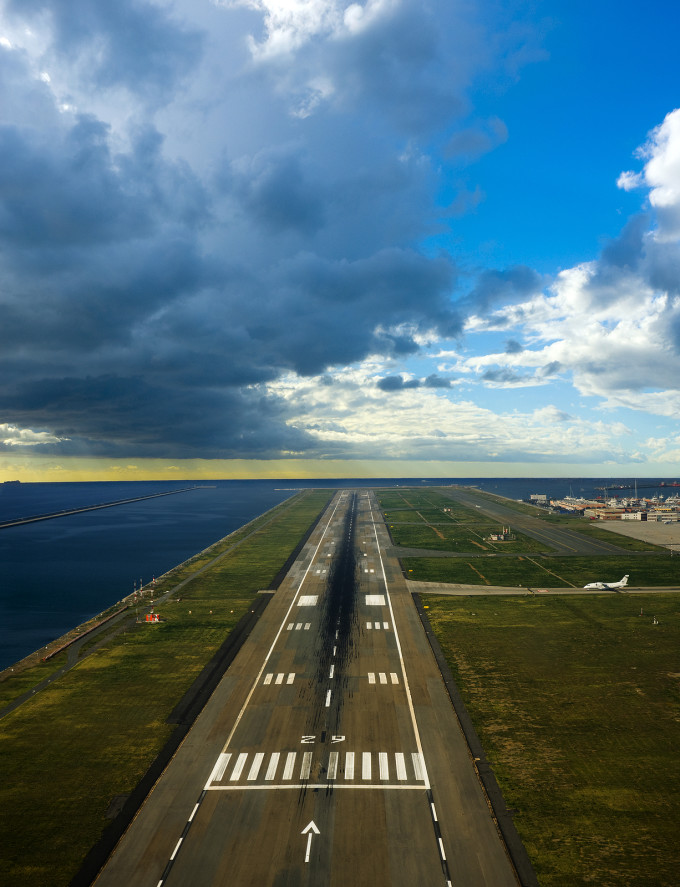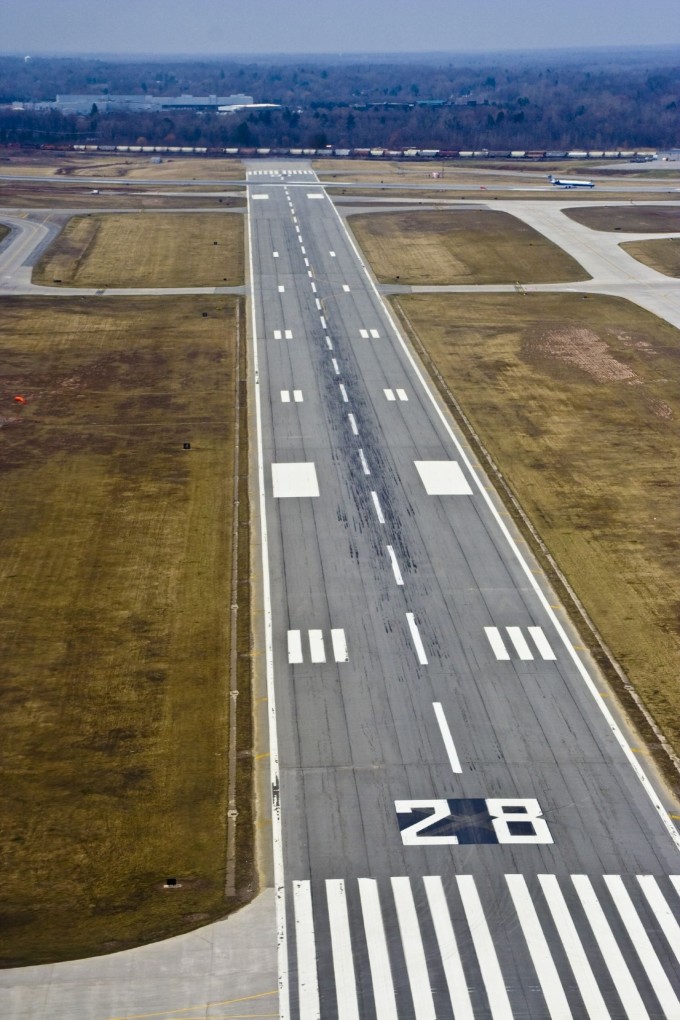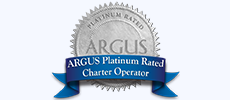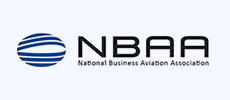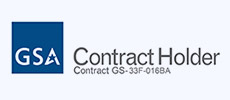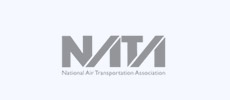When you leave the comforts of home and familiar streets and roadways and enter your favorite airport, you’re likely to encounter strange words, devices, and methods of doing things – at least they may seem strange to the uninitiated. Once you learn the reasons for the way airports operate, build, and function, these once strange concepts begin to make perfect sense. The airport runway numbering system is one of those things.
Airport Runway Numbering Basics
There’s one word that can be said to describe any successful airport in the world: orderly. Airports have a lot of rules and regulations to follow. Without these rules, regulations, and organization, there would likely be chaos in the air and on the ground. That’s one reason why there are so many similarities in airports, large and small, around the world.
There’s a system in play – one that works. Consistent airport runway numbering in airports everywhere gives pilots from all nationalities commonality when landing and taking off. Most airports follow the exact same runway numbering system, leaving little room for confusion, misunderstandings, or mistakes at critical times.
How are Runway Numbers Assigned?
Plainly put, airport runways are numbered according to compass bearings. This means runway numbers are based on the compass with 360 representing north, 90 representing east, 180 representing south, and 270 representing west. Runways are numbered between 01 and 36.
For runway headings, the last number is dropped and each individual number is pronounced. For instance, a compass heading of 310 degrees would read 31 and be pronounced as three one.
For the sake of simplicity, the FAA rounds headings to the nearest ten so even if the heading is 308 degrees, the runway would be called three one instead.
Since most runways are oriented to take advantage of prevailing winds to assist in takeoffs and landings, they can be used either direction. This is why most runways have two numbers. The second number differs by 18 or 180 degrees.
Busy Airports and Runway Numbering
Some airports are busier than others. Airports that have two parallel runways going in the same direction, they are designated as the left or right runway with an L or R. In this case, runway 31 would be called 31R or 31L. If there are three parallel runways, the designation of C will be assigned to the runway in the center. In this case you would have 31L, 31R, and 31C.
Exceptionally busy airports like ATL in Atlanta and LAX in Los Angeles may have more than three runways parallel to each other. In these instances, even though all runways have the same heading, the number for some of the runways is shifted by ten degrees, making for a one-digit difference.
In the case of DFW (Dallas-Fort Worth) there are five runways with the same heading. Those on the east side of the airport have the traditional L, R, C designations according to standard runway numbers, while those located to the west have been increased by 10 degrees while utilizing the L and R designations.
Presidential Aviation offers concierge private charter jet services to various airports around the world. Please feel free to call us with any questions you have or to book your next private charter flight today.

